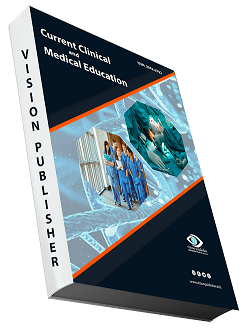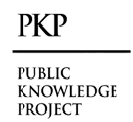Bioactive Secondary Metabolites Produced by Streptococcus pyogenes, Epidemiology, Biofilm formation and Virulence factors
Keywords:
Streptococcus pyogenes, Secondary metabolites, Antibacterial, GC/MSAbstract
Metabolites are small molecules participating in metabolic
reactions, which are necessary for cellular function, maintenance and
growth. Typically, metabolites range from 50 to 1500 Da, while their
concentrations span several orders of magnitude. The metabolome is highly
dynamic, time-dependent, and metabolites are sensitive to many
environmental conditions. Streptococcus pyogenes has several virulence
factors that enable it to attach to host tissues, evade the immune response,
and spread by penetrating host tissue layers. A carbohydrate-based bacterial
capsule composed of hyaluronic acid surrounds the bacterium, protecting it
from phagocytosis by neutrophils. In addition, the capsule and several
factors embedded in the cell wall, including M protein, lipoteichoic acid, and
protein F (SfbI) facilitate attachment to various host cells. Several of the
discriminant compounds, notably pyrazine compounds, are normally absent
in healthy human exhaled breath but can be found in the Streptococcus
pyogenes cultures. That these compounds are typically absent suggests that a
number of these candidate biomarkers are not typically produced by other
members of the oropharyngeal microbial community.
Downloads

Downloads
Published
How to Cite
Issue
Section
License

This work is licensed under a Creative Commons Attribution 4.0 International License.
Current Clinical and Medical Education













